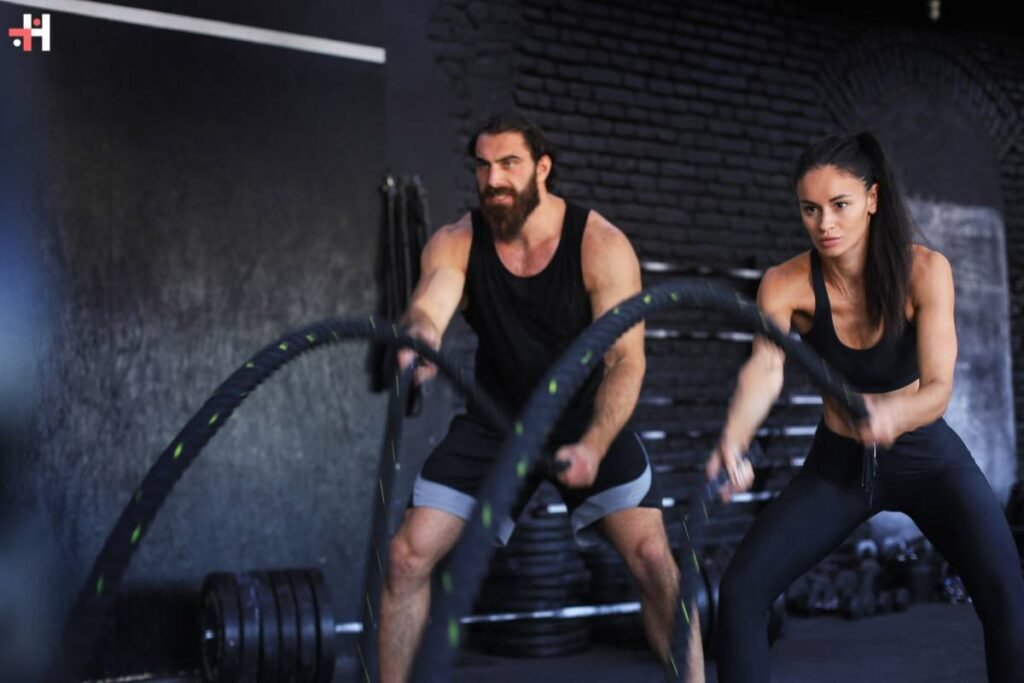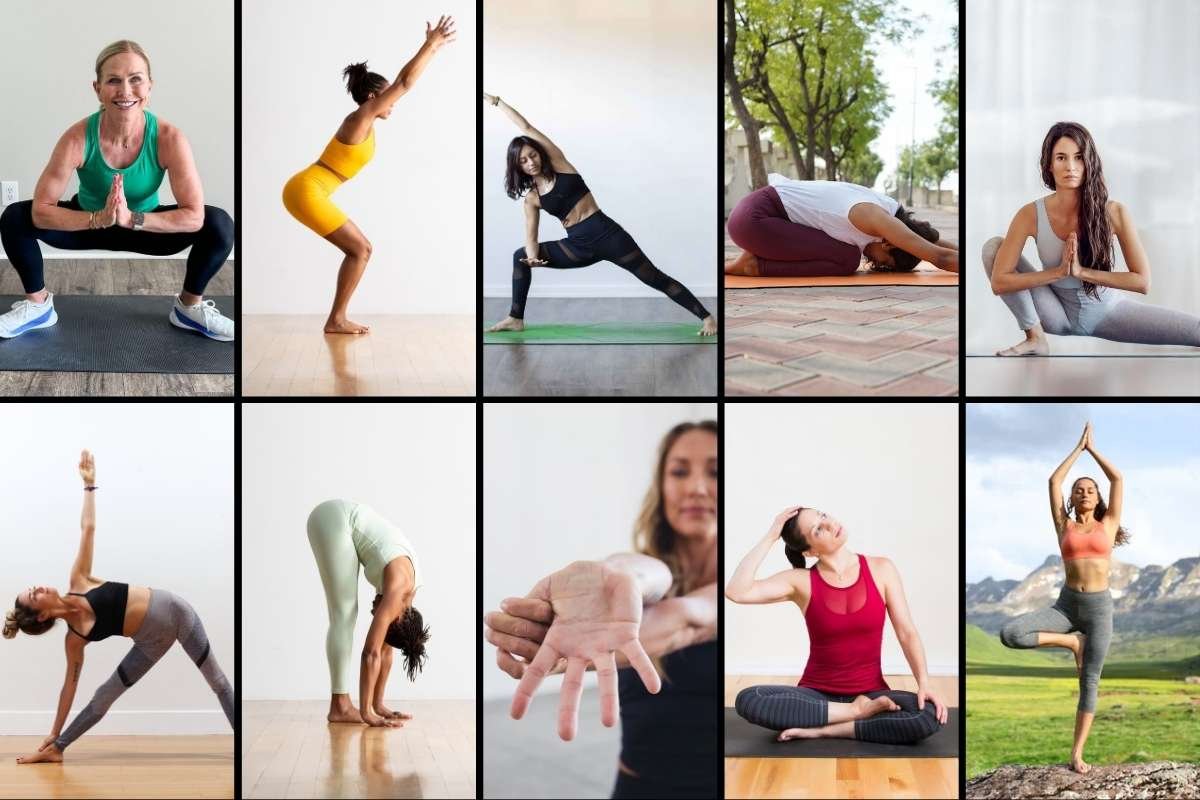In the journey towards optimal health and strength, functional fitness exercises have emerged as a transformative approach. Unlike traditional workouts that often isolate specific muscle groups, functional fitness prioritizes movements that mirror real-life activities. This focus on practical, dynamic movements fosters holistic strength, enhancing overall functionality. In this extensive exploration, we’ll delve into various functional fitness exercises, examining their benefits and understanding how they contribute to comprehensive well-being.
Introduction to Functional Fitness Exercises
Functional fitness is not merely a passing trend; it represents a paradigm shift in how we approach exercise. At its core, it advocates for activities that replicate and improve daily movements, ultimately enhancing overall strength, flexibility, and balance. This departure from the conventional approach of isolating muscles in favor of dynamic, purposeful movements is the essence of functional fitness.
1. Squat Variations: Building Foundation Strength
Squats, in their various forms, serve as the cornerstone of functional fitness. These exercises replicate the fundamental motion of sitting and standing, engaging multiple muscle groups simultaneously. Whether its bodyweight squats, goblet squats, or barbell squats, each variation contributes to strengthening the core, glutes, and thighs. Perfecting squat form not only enhances posture but also aids in everyday activities like lifting and bending.
How To Do Proper Squats Tutorial
2. Deadlifts: Mimicking Real-Life Lifting Movements
Deadlifts simulate the act of picking up objects from the ground, promoting proper lifting mechanics. This compound movement engages the entire posterior chain—lower back, hamstrings, and glutes. With variations like Romanian and sumo deadlifts, this exercise offers versatility, ensuring a comprehensive strengthening of muscles crucial for daily functions.
How To Do Proper Deadlift Tutorial
3. Push-Ups: Beyond Upper Body Sculpting
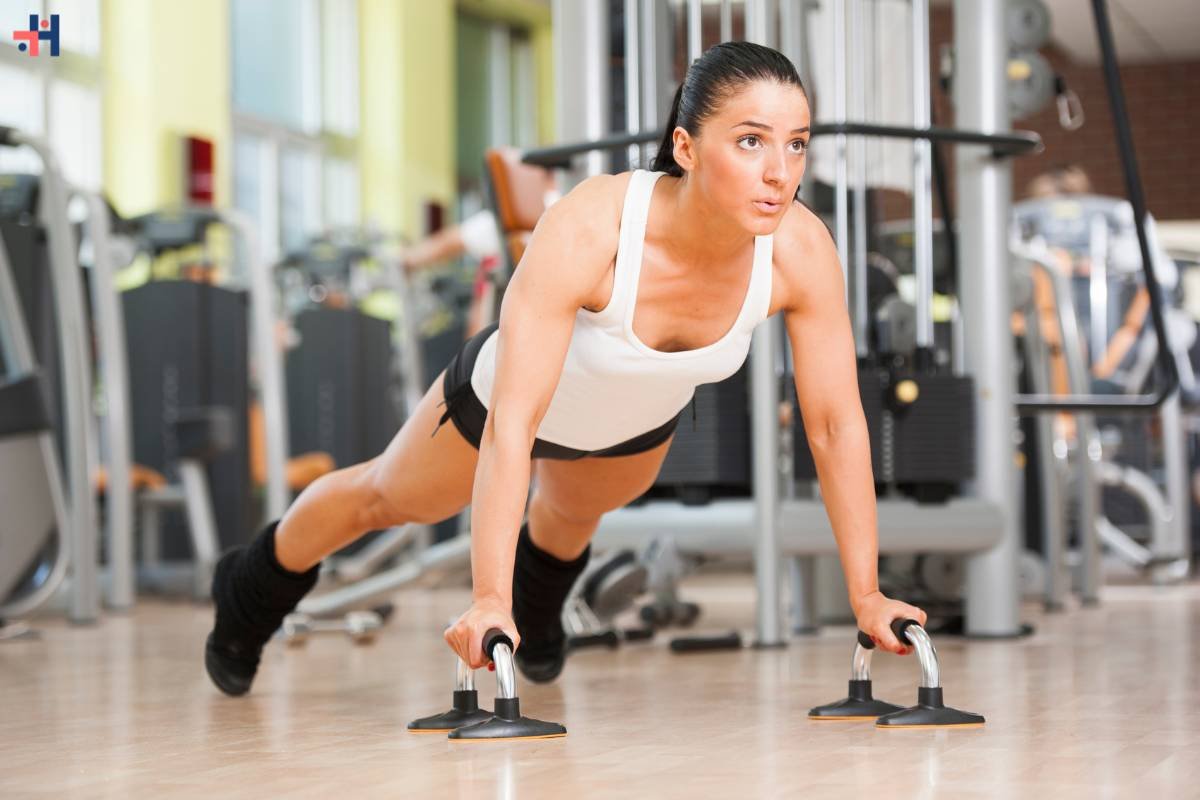
Push-ups, a classic bodyweight exercise, extend beyond sculpting the chest and triceps. They play a crucial role in reinforcing core stability. Simulating the motion of pushing oneself up from the ground, push-ups contribute to improved upper body strength. The adaptability of push-ups, with variations like incline or decline push-ups, makes them suitable for individuals at different fitness levels.
How To Do Perfect Push-Ups Tutorial
4. Pull-Ups/Chin-Ups: Harnessing Upper Body Strength
The ability to pull oneself up is a fundamental human movement, and pull-ups and chin-ups target this effectively. These exercises engage the back, biceps, and shoulders, fostering upper body strength. While initially challenging, their scalability allows individuals to progress from assisted to unassisted variations.
5. Plank Variations: Fortifying Core Stability
A strong core is integral to functional fitness, and plank variations serve as powerful tools for achieving this stability. Whether in standard, side, or reverse form, planks fortify the core and stabilize the spine. Contributing to improved posture, balance, and resilience against lower back pain, plank exercises align with the essence of functional fitness.
6. Lunges: Simulating Daily Movements
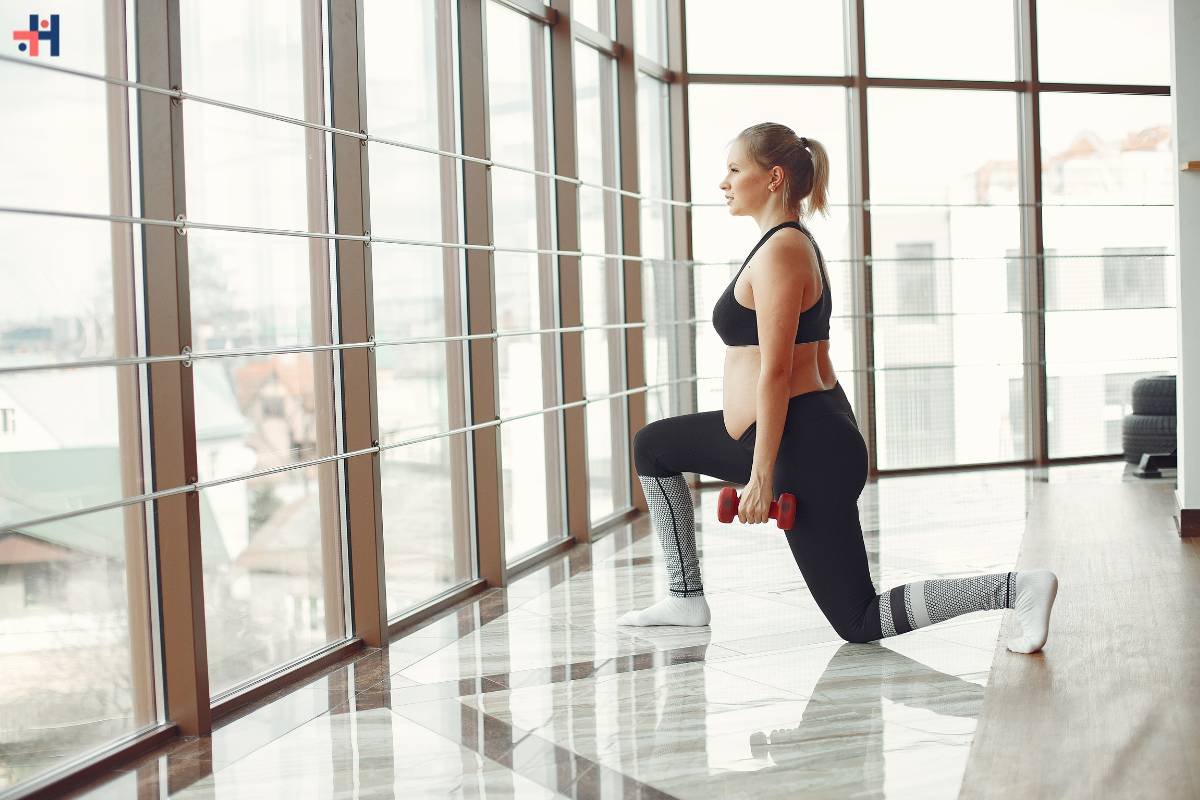
Lunges replicate common daily movements like walking, climbing stairs, or rising from a chair. This functional exercise targets the quadriceps, hamstrings, and glutes while enhancing balance and stability. Incorporating variations such as forward, reverse, and lateral lunges ensures a well-rounded approach to functional leg strength.
7. Kettlebell Swings: Dynamic Full-Body Engagement
Kettlebell swings, with their explosive motion, engage the hips, glutes, and lower back. This exercise mirrors the action of lifting or swinging heavy objects and contributes not only to strength but also cardiovascular fitness. Proper form is crucial to reap the full benefits while minimizing the risk of injury.
How To Do Kettlebell Swings Tutorial
8. Battle Ropes: A Fusion of Strength and Cardiovascular Training
Functional fitness exercises extends beyond traditional weightlifting, and battle ropes exemplify this fusion of strength and cardiovascular training. The undulating motions engage the arms, shoulders, and core, offering a unique blend of strength and endurance conditioning.
How To Perform Battle Ropes Tutorial
9. Medicine Ball Exercises: Enhancing Power and Rotation
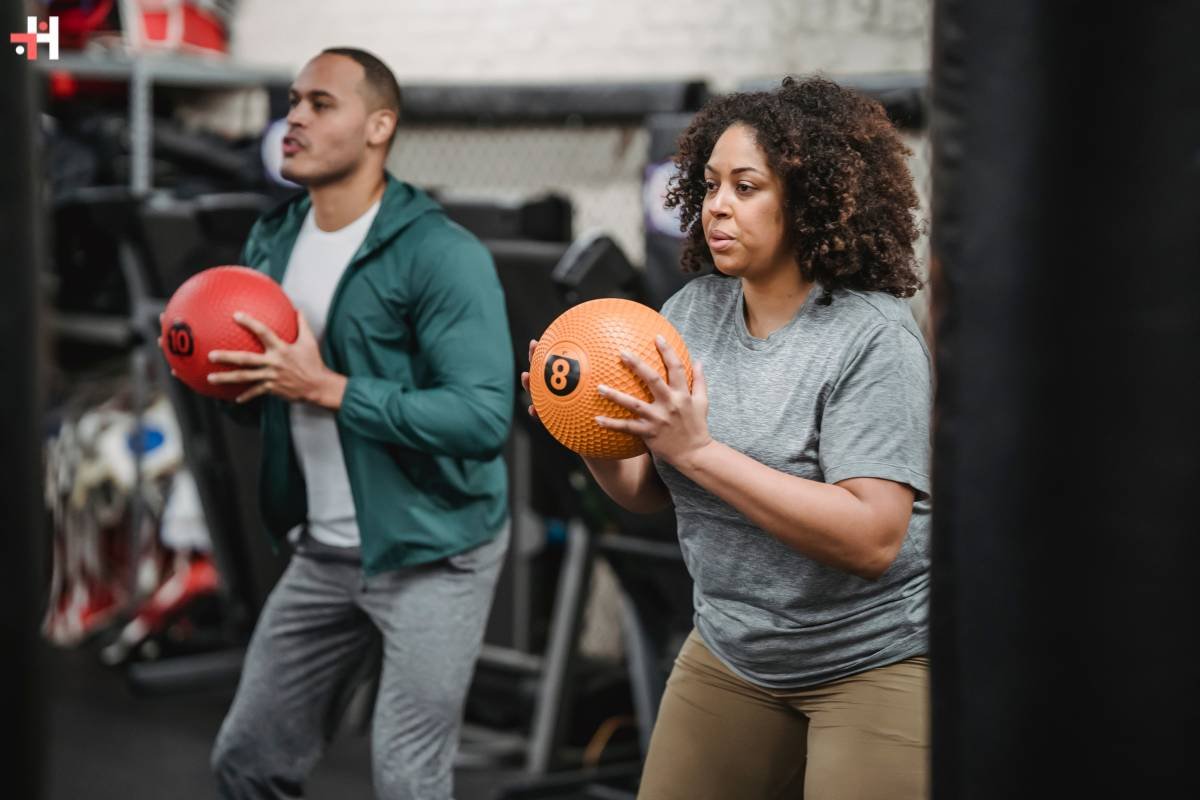
Incorporating medicine ball throws, slams, or twists into a routine enhances functional power and rotational strength. These exercises mirror activities like throwing a ball, translating to improved athletic performance and reduced injury risk during dynamic movements.
15 Minute Medicine Ball Workout Tutorial
10. Farmers Walk: Practical Strength for Everyday Tasks
The farmers walk involves walking with weights in hand, simulating the act of carrying heavy objects over a distance. This exercise activates the muscles of the arms, shoulders, core, and legs. While building strength, it also improves grip and overall stability, reflecting the practicality of functional fitness.
How To Perform Farmer Walks Exercise Tutorial
Conclusion: Embracing the Philosophy of Functional Fitness Exercises
In the expansive landscape of functional fitness exercises, the focus shifts from mere aesthetics to practical strength and mobility. By incorporating movements that align with daily activities, individuals unlock a spectrum of benefits—improved posture, reduced injury risk, and enhanced overall well-being. Squats, deadlifts, push-ups, and other functional exercises collectively form a holistic approach to fitness, embodying the very essence of movement as medicine.
Also Read: High-Intensity Interval Training
Embracing the philosophy of functional fitness exercises goes beyond the confines of the gym, infiltrating the fabric of everyday life. As we engage in exercises that mirror our daily motions, we not only build physical resilience but also cultivate a sustainable and adaptable approach to health—one that extends far beyond the confines of a workout routine.
In conclusion, the journey of functional fitness exercises is a profound exploration of movement as a catalyst for holistic well-being. Each exercise becomes a building block, contributing to the foundation of strength that extends far beyond the confines of the gym. As we embrace the philosophy of functional fitness, we not only sculpt our bodies but also empower ourselves for the challenges and joys of everyday life.

